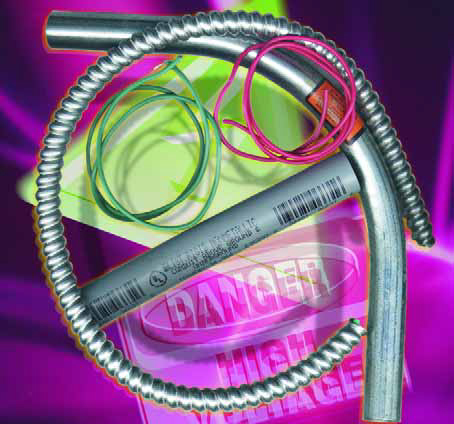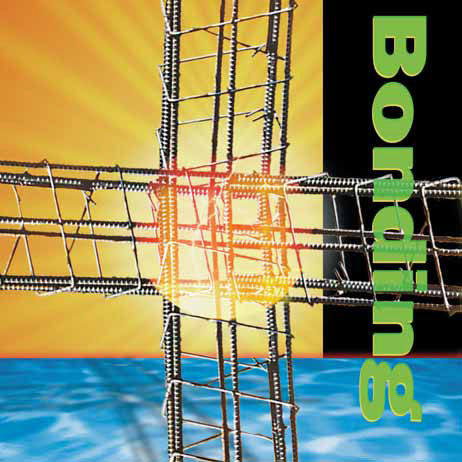NEC
There's a common misperception among designers and builders whose projects carry them beyond a pool and spa and out into the landscape: In large numbers, these professionals believe that low-voltage landscape lighting systems are perfectly safe for use in close proximity to the water. The truth of the matter is that the National Electric Code (NEC) has defined an exclusionary zone of ten feet around pools and spas for these fixtures! That's right: Even with low-voltage
A little more than 100 years ago, in the first big growth spurt in the use of electricity, the harsh realities of the hazards involved with it quickly became apparent. Fires were common occurrences everywhere electricity was distributed, and serious (and often fatal) accidents made daily headlines wherever people came into contact with this wondrous phenomenon. Virtually all of the electric works being built in those early days were set up to provide lighting for a population tired of living in the gloom of candles, gas lamps and coal-oil lanterns. That meant that
Last month we covered the "hows" of grounding pretty well. Using the definitions from the National Electrical Code (NEC) for guidance, we saw that in order to be considered effectively grounded, the non-current-carrying metal parts of all equipment associated with a watershape must be connected to the system grounding bus at the electrical service panel. This is accomplished by installing a green-colored (or green with a yellow stripe), minimum No. 12 AWG insulated copper conductor between the equipment's grounding terminal and the system grounding bus. This conductor is
Through the years, the #1 question asked of me at seminars and trade shows has been: "What's the difference between bonding and grounding?" I have wanted to do an answering article far some time, but I was concerned that its length would require it to be split into two pieces and that the every-other-month format of WaterShapes might make it difficult to maintain continuity of thought over a two-month span. I was pleased when our editor informed me that we would be going monthly for a while. I figured I'd strike now, while the fingers are nimble and the magazine issues more
The triennial publication of the National Electrical Code is an event of critical importance to any contractor or subcontractor performing electrical installations or repairs. First published in 1897 and produced since 1911 by the National Fire Protection Association, the NEC is now enforced in all 50 states and also serves as the basis for codes in several foreign nations. As has been the case with all editions published to date, the 1999 edition of the code is designed to ensure "the practical safeguarding of

















